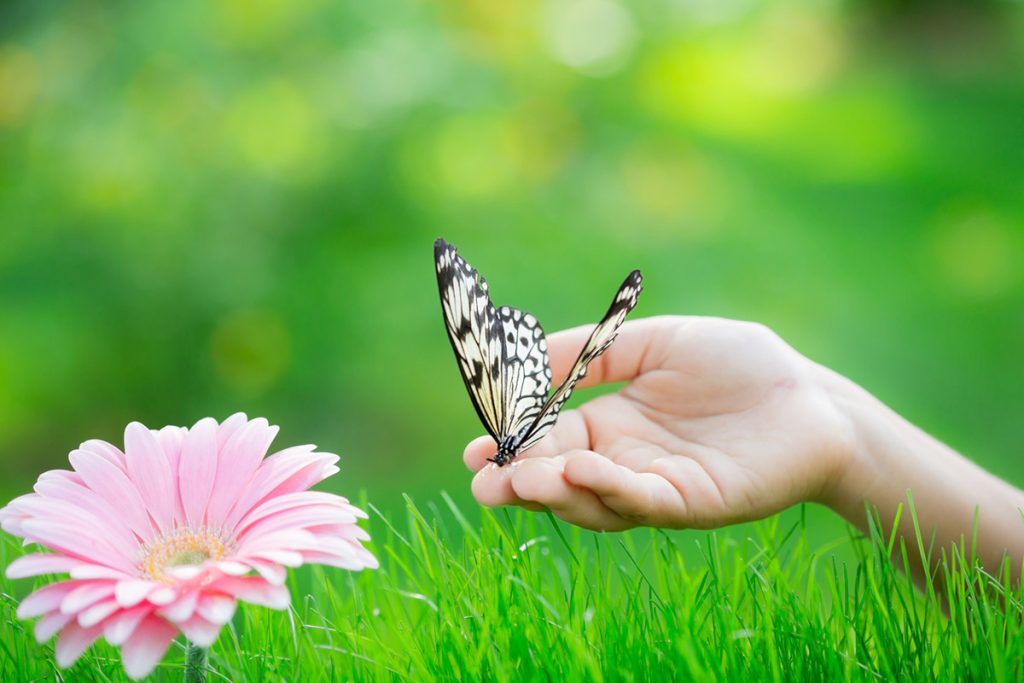This week, June 20 through June 26, is National Pollinator Week!
To celebrate, we’ve highlighted how you can not only help save pollinators from decline but also reap the benefits of attracting these vital creatures to your land.
The importance of pollinators
The value of pollinators to our ecosystem cannot be overstated. Almost 80% of all crop plants require an animal or insect pollination to survive. As of 2014, pollinators were worth more than 24 billion dollars in the US.
This means the majority of the world’s food production relies on pollinators. In fact, $235 to $577 billion dollars’ worth of annual global food production needs these species to survive. Without pollinating animals and insects like honeybees, native bees, butterflies, birds, and bats, the global food supply could face a major crisis.
Pollinator populations are declining at alarming rates
Today, pollinator populations are dwindling due to climate change, habitat loss, pesticide exposure, and other factors. For example, honeybee populations have declined by 60% over the last 70 years. In addition, the monarch butterfly population has shrunk by more than 80% over the past two decades.
To combat the loss of these critical species, programs like the Conservation Reserve Program (CRP) encourage farmers and landowners to use specific conservation practices to protect pollinators. These practices, like CP42, can make a significant positive impact on pollinator populations.
CRP Practice CP42: Pollinator Habitat
CP42 Pollinator Habitat is the CRP practice specifically focused on the establishment of diverse pollinator habitats. This practice was developed by the Farm Service Agency (FSA) alongside pollination experts to protect and restore native habitats most effectively.
The practice itself consists of the establishment of pollinator-friendly species on eligible farmland such as wildflowers, legumes, and shrubs. A diverse mix of seeds, including at least 9 different species, is required to be planted.
The seed mix used should contain at least 3 species for each specific bloom period: April-June 15, June 15-July, and August-October. This helps to ensure that a diverse number of pollinator species can benefit from the seed mix grown.
Per the practice guidelines, pollinator habitat can be grown across entire fields, or planted in strips or blocks, on eligible land. In addition, the practice can be established on vineyards and orchards to enhance the scenery as well as provide important shelter and nutrition.
An optional element of CP42 is the creation of woody habitat. Since some pollinators use deadwood as nesting material or for shelter, this practice helps provide those pollinators with the materials they need to survive. Landowners can create brush piles, edge feathering, or downed tree structures on CP42 acres to accommodate the needs of these pollinators.
Benefits of enrollment in CP42
Carbon cycling & sequestration
The wildflowers, shrubs, and other species grown through CP42 practices use the carbon dioxide produced by other plants and animals to produce oxygen, removing CO2 from the atmosphere. They also sequester carbon in the soil to eliminate even more detrimental CO2.
Improved soil and water quality
Both the roots and foliage of the plants grown through CP42 improve the state of the soil and boost the quality of nearby water sources. The roots help stabilize soil, while leaves and flowers provide cover to protect soil from the elements. Additionally, these plants filter sediment and runoff from entering waterways, improving water quality and safety.
Increased food security
As mentioned above, pollinators are critical for the growth of most of the world’s food. With the increased instability around the globe due to the pandemic, war, and other crises, safeguarding our food supply is more imperative than ever. By establishing CP42 practices, farmers can help protect our country from food shortages.
Economic benefits and incentives
CRP promotes the CP42 practice by offering various forms of payment to farmers enrolled in the initiative. For example, landowners enrolled in CRP receive a signing incentive payment, practice incentive payment, 50% cost-share assistance, and annual rental payments.
Make the most of your pollinators by enrolling in CP42
Whether you are a landowner already enrolled in CP42 or a brand-new participant in CRP, FDCE can help with your pollinator project. Since 2003, we have specialized in the establishment of pollinator habitats to increase diversity and combat population decline.
As expert consultants in the pollinator habitat establishment field, we have the knowledge and skill to assist in establishing CP42 on your land and fulfilling your contract obligations. Learn more about how we can help with your CRP project by contacting us at FDCE today.

